The History Of DJ Battles
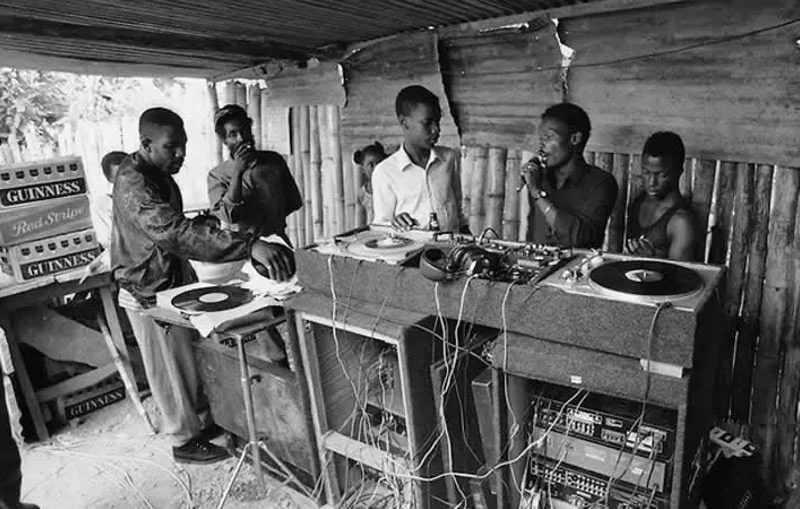
This weekend, dee jay AGUI and DJ Goldyi gear up to scratch their hearts out in the final round of the 2023 Civil War: Brolic Army DJ School Battle for Supremacy. If you’re unfamiliar with the world of competitive DJing, here’s a brief history.
DJ battles have their origin during the early 1950s and ’60s in the Caribbean island of Jamaica. But whilst scratching, beat juggling and body tricks are the primary way in which “Turntablists” outdo each other today, back then, the Selector who played the loudest was the manner in which the audience in attendance would crown the “Selecta” with the champion sound!
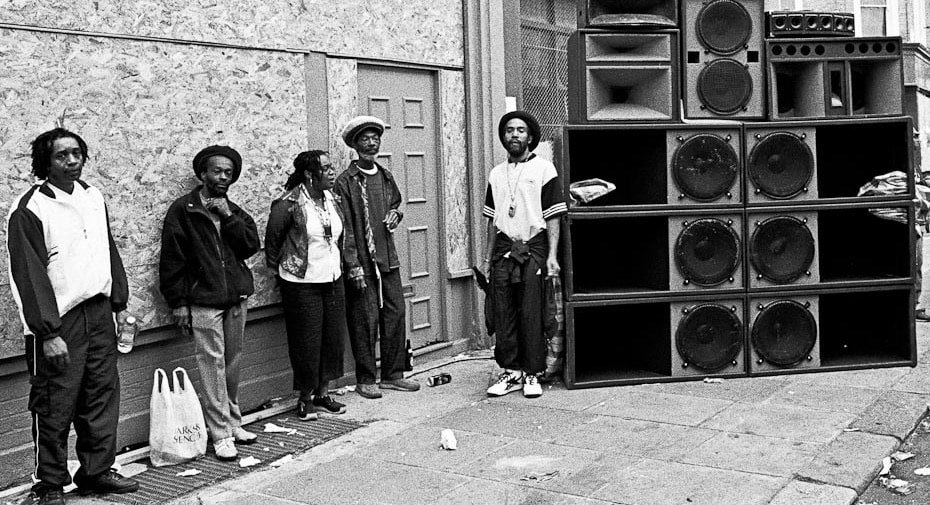
The most prominent DJ names of soundclash culture in Jamaica at the time were Tom Wong, Duke Reid “Sir Coxxone” Dodd, King Tubby, Joe Gibbs and Lee “Scratch” Perry. Interestingly enough, the systems these DJs would rock on in public had their own distinct personas. Speaker setups toted names like Reid’s “The Trojan,” and Prince Buster’s “Voice of the People”. Simply put, the gear that belonged to these street disc jockeys literally had their own identity.
Eventually, this powerful, grassroots, sonic movement spawned a slew of younger Jamaican DJs. One in particular named Clive Cambell, would later immigrate to the Bronx, NY in 1967 with his family. By August 11, 1973 he took on the DJ moniker of Kool DJ Herc and unbeknownst to him, a back to school party promoted by his sister Cindy would be the party that set in motion what would thereupon be known as Hip Hop culture. Gatherings of predominantly Black and Latino teenagers at neighborhood parks, gymnasiums, etc., where they’d dance to music.
It was at these public parties inside the West Bronx that Herc would introduce his Herculoids Sound System, and as the circle of life would have it, Clive was now inspiring versions of other younger Clives to pick up DJIng. Whether it was Afrika Bambaataa, Jazzy Jay or Tony Tone, a new community of DJ offspring was growing in the BX as a result of Herc and his system of sound.
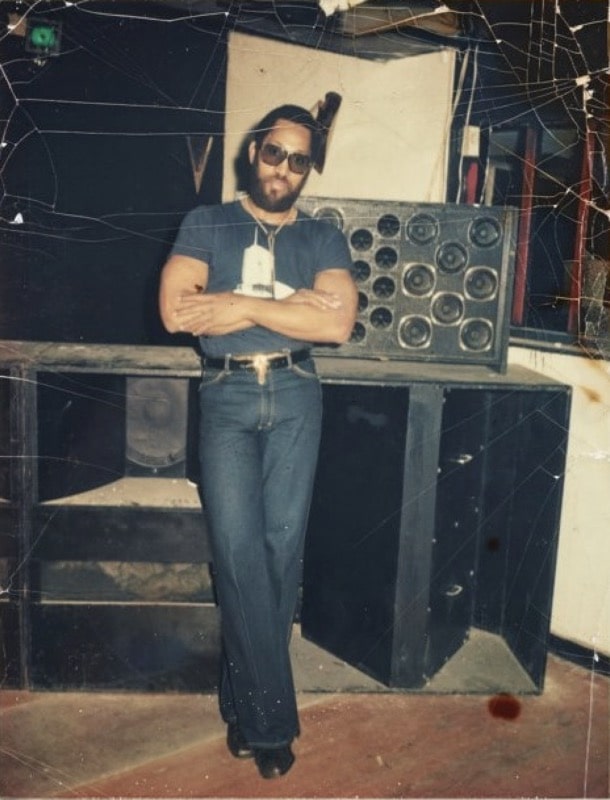
As I mentioned earlier, this was all taking place in the 1970s Bronx, NY. An era marked by the social ostracization and economic marginalization of Black and Latino people. Thus, it’s important to keep in mind DJing was an expensive hobby for a jobless 16 year old whose mother worked a minimum paying job and had to figure out how to “make ends meet” for an entire family. But it was years of poverty that taught these up and coming musical visionaries how to DJ cheaply. Instead of buying stereo equipment that ranged from $900 to $2,000. They would purchase a $15 audio engineering book that explained the necessary components (table saw, jig saw, drill, wood, glue, amplifier, speaker wire, etc.) and provided step-by-step instructions on how to build their own speakers from scratch (excuse the pun). That sort of resourcefulness is very unique to original battle DJs like Grandmaster Flash.
By the late ’70s, the first generation of Hip Hop DJs threw enough parties to generate the kind of money that facilitated the means for all of them to purchase high-fidelity consoles. Thus, neutralizing the metric of loudness as a judging criteria for which DJ was better. Now, turntable wizardry like scratching, introduced by GrandWizzard Theodore and back spinning, courtesy of Grandmaster Flash, became the new barometer for gauging who was the best.
Then 1980 marked the arrival of the New Music Seminar, a music convention founded by Tom Silverman (Tommy Boy Records) where record label executives, recording artists, club owners, booking agents, promoters and DJs would network every June in New York City, and what started out as “a DJ spinning exhibition” hosted by the NMS in 1981 with Disco DJ Jeff Broitman and Hip Hop DJ Whiz Kid…
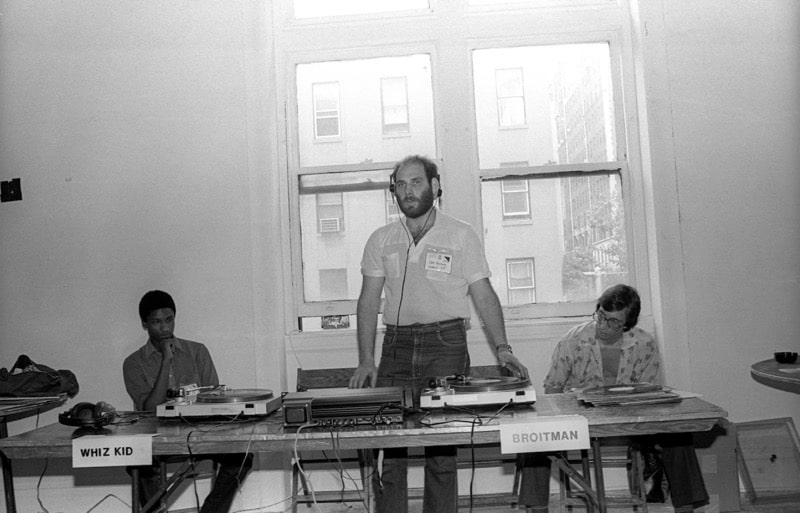
morphed into an official DJ competition circa 1983 at the New York Hilton Hotel where DJs used their hands and even feet to upstage their opponent.
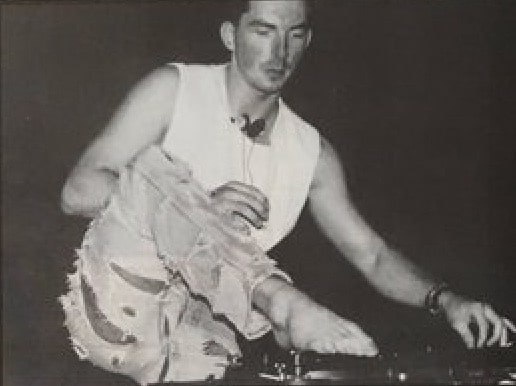
That same year, across the pond in the United Kingdom, Tony Prince birthed his own DJ competition called Disco Mixing Club (DMC).
“I used to play a lot of dance music on the radio especially in the late 70’s when a lot of great USA imports were happening. Then I started to feature mixes in my programme and received a lot of mail from club DJs who wanted to play them. That’s what caused me to come up with a record club exclusively for DJs – Disco Mix Club which became DMC. At our first DJ convention we had the first battle and things just exploded after that.” ~ Tony Prince
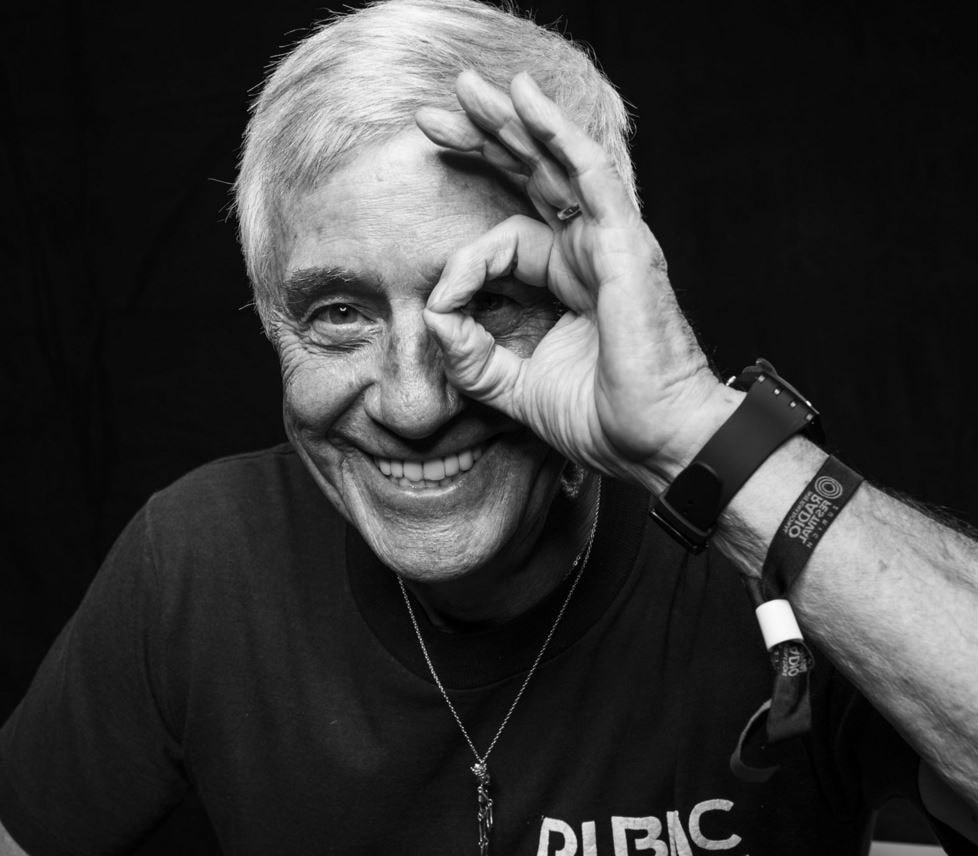
Unlike the bracketed style tournament characteristic of the Silverman’s NMS, the DMC was more of a showcase that featured Disco DJs showcasing their best mixing skills during individual 6 minute rounds. But when DJ Cheese stepped on the scene in 1986 the landscape of DMC battles would forever be changed. Cheese redefined the meaning of a Disco Mixing Club competition. Forever changing the direction of the DMC and how DJs would prepare for it.
“The most important thing we did, and it was expensive to do back in the day, was to film the competition professionally and market the videos internationally. This is how the scratching travelled and influenced the next generation of DJs. Scratching then embraced tricks, you can see them all on the archive of DMC films. Then people grew tired of tricks and wanted DJs to be more musical.” ~ Tony Prince
By the late ’80s the NMS and DMC became a rite of passage for DJs worldwide. If you wanted to gain acceptance into this sacred community you had to prove yourself and battle it out amongst your peers. Even I experienced the ritual of DJ combat, entering my first battle in 1991, the East Coast DMC and then finally winning (after 2 years of back to back to back competitions) the 1992 East Coast DMC.
Fast forward to October 31, 2017, after a few weeks of convincing from Brolic Army DJ School student Wallzee, I finally hosted the first Civil War: Brolic Army DJ School Battle for Supremacy.
Coming from Australia, Wallzee talked me into organizing this battle, 6 years ago, as a means of measuring the depth to which he grasped my teachings. Battling my other students was his way of assessing whether he sounded like the rest of the aspiring Battle DJs I trained or if he was successfully reinterpreting the material we covered in our skype lessons in a personal way. Proverbs 27:17 says, “As iron sharpens iron, so one person sharpens another.” That year, I and the Brolic Army students who entered the battle, witnessed Wallzee self-actualize the potential building inside him from the first day we trained. Wallzee not only accomplished his goal by winning, he tapped into new levels of DJ insight and innovation!
What Rob taught me in those 2 years has led me to become a Brolic Army Civil War Champ, Kame House Australian Champ and most recently, 2X Australian DMC Champ.” ~ DJ Wallzee
Speaking of purpose, Wallzee stands as a reminder of my own intentions towards hosting the Civil War…
1. To inspire my students to train hard. 2. To show my students the importance of giving the turntables their all. 3. To help my students enjoy the process of growing as DJs. When you do those 3 things, like Wallzee, you significantly reduce the distance between you and your goals.
To this year’s 2 finalists, dee jay AGUI and DJ Goldyi, I salute you. May the best man win.Watch the entire 2023 Civil War: Brolic Army DJ Battle for Supremacy in the window below!
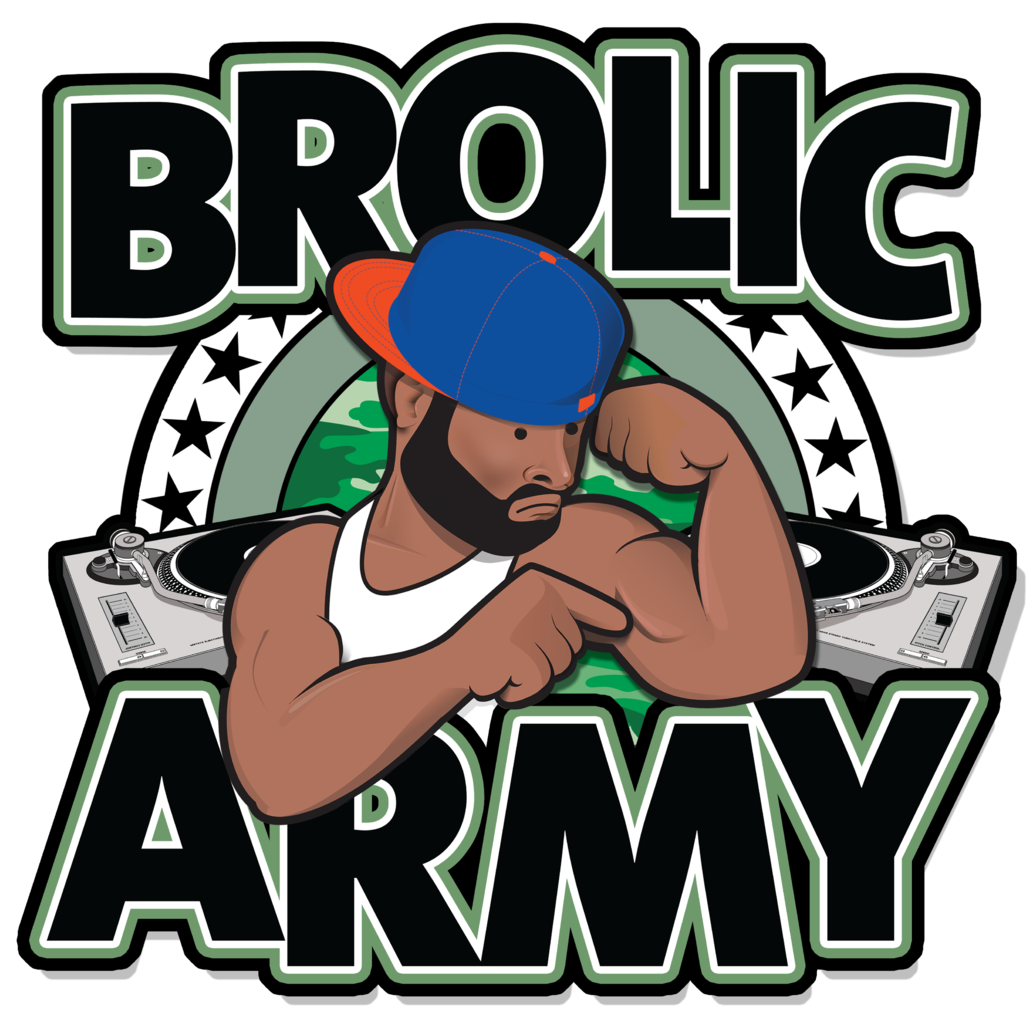
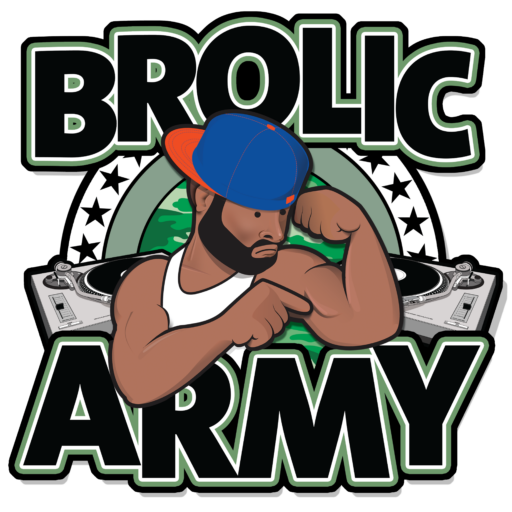
1 Comment on The History Of DJ Battles
Comments are closed.